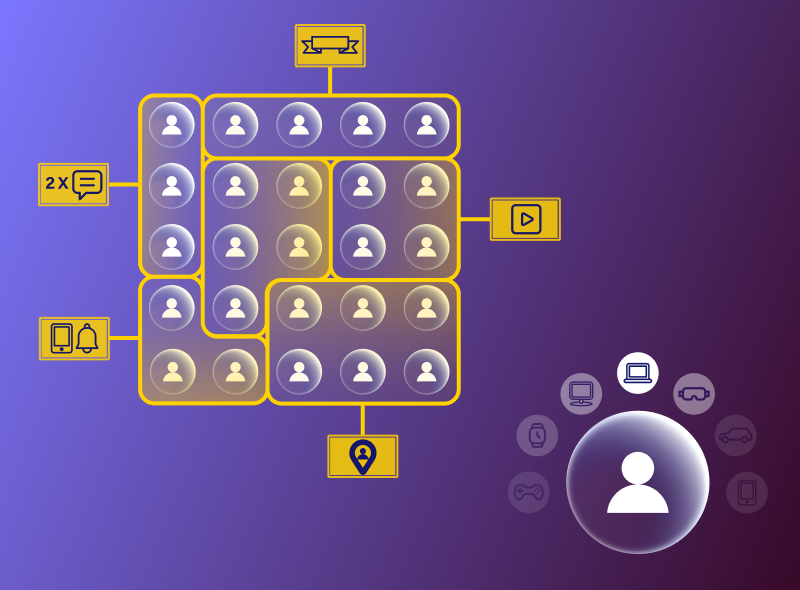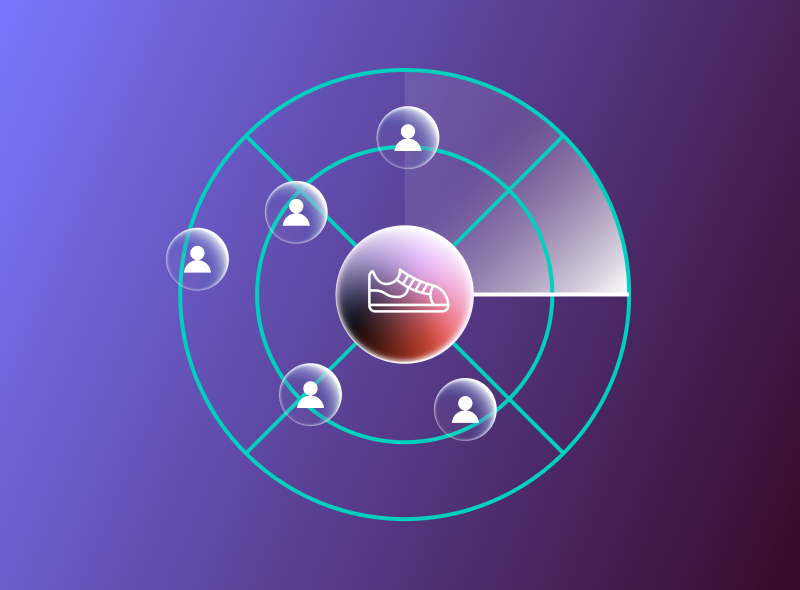Telecom-driven ID and behavioural insights powering omnichannel advertising, bot-safe delivery and advanced attribution analytics.

Retargeting & D2C without emails, cookies and device IDs

Deep telecom-powered audience insights

Omnichannel user journeys across web, app, OTT, DooH, socials, retail

Closed-loop performance measurement far beyond clicks

Better returns from undervalued traffic & fraud protection
How does myGaru boost your ad spend ROI?
By unlocking untapped ad performance via telecom-grade tech

True omnichannel reach
Telecom-based identity bridges fragmented environments, enabling activation across web, in-app, CTV/OTT, retail media, SMS, socials, and search.
Low-bid traffic arbitrage
Telecom-driven ID turns undervalued, non-identifiable inventory into addressable supply — enabling low-cost reach where others can’t compete.
Bot-free ad delivery
Ads are served exclusively to telecom-verified subscribers, eliminating budget waste on bots and invalid traffic.
Hyper-targeted reach
Cross-attributed retail and telecom insights enable hyper-targeted ads to the right users — avoiding media waste on irrelevant audiences.
What can only telecom-based measurement uncover?
Linking verified telecom-powered delivery with real-world user actions — beyond clicks

Ad exposure signals
Accurate performance tracking begins with telecom-level visibility of actual ad delivery, enabling exposure-level measurement.
Exposure-to-Action mapping
Maps ad exposure to on-site behaviour via telecom-ID signals — no clicks needed to reveal which creatives, channels, or messages triggered real actions.
Real sales attribution
Track how awareness campaigns drive product sales across myGaru-connected retailers — capturing full-funnel performance.
Plug & Play activation without CAPEX
Use any myGaru-connected DSP
Run campaigns through myGaru DSP or any integrated partner DSP — or connect your own with ease.
Deploy myGaru Clean Room
Install the client-side clean room on-premise or securely host it via myGaru integrated DSP facilities.
Activate myGaru ID on your website/app
Capture signals without logins or cookies — enabling precise campaign measurement and deep behavioural analytics.
Collaborate with retailers through Clean Room
Ask partner retailers to install the myGaru clean room and connect real-time segments of your product buyers — enabling full-funnel campaign measurement.
Pay only for services you use
Transparent transactional model — pay only for data, identity, and media-buying services consumed.
Сases
Frequently Asked Questions
Can I use the system without installing the myGaru client software (data clean room)?
Yes, you can. You may use myGaru for ad targeting based only on data activated by vendors, without linking or analysing your own audience. Full functionality is also available if a service partner (e.g. DSP, PSP, analytics provider) integrates with myGaru and hosts the client software on your behalf.
Can I integrate my ERP/CRM system with myGaru?
Yes. Digitalising ERP/CRM systems is one of the main use cases for myGaru. The platform enables deep integration with partners’ ERP/CRM systems, positioning the myGaru client software (data clean room) as the backbone of those systems. This allows you to activate built-in audience intelligence and activation, as well as performance measurement directly within your ERP environment.
How is access to my data restricted and monitored to prevent misuse?
myGaru’s client software is open-code, allowing data vendors to verify that there are no backdoors. All data remains physically stored on the data vendor’s own premises. Each vendor sets access levels for individual data segments, with all access events logged and protected by cryptographic tool that ensure the integrity and auditability of the data access history.
How is my client base protected from exposure when activating campaigns via a DSP?
The risk of client base leakage to competitors due to insecure design in traditional DSPs is a well-known industry issue. This stems from the use of interoperable static IDs (such as emails, phone numbers, or cookies), which allow DSPs to cache client data and expose it to potential misuse. In myGaru, when an audience is connected for retargeting, a telecom-initialisation process replaces static identifiers (e.g., phone numbers) with internal ephemeral IDs. The system’s architecture also blends such requests before they reach telecom operators, ensuring businesses’ customer bases remain fully protected.
Is myGaru compliant with GDPR and other national data protection laws?
Yes. myGaru was designed to comply with GDPR and can be flexibly adapted to meet the regulatory requirements of any country where it operates. The platform enforces strong privacy safeguards, prevents data enrichments between participants, and provides citizens with two-layered control over their data.
Can I enrich Google, Meta, TikTok traffic with data available within myGaru?
Yes. The system is interoperable with the Google ecosystem, where myGaru ID is included in the Google Secure Signals list, creating a bridge between myGaru and Google traffic. It also enables advertisers to activate insights from the myGaru data clean room within Meta and TikTok inventory.

.svg)





